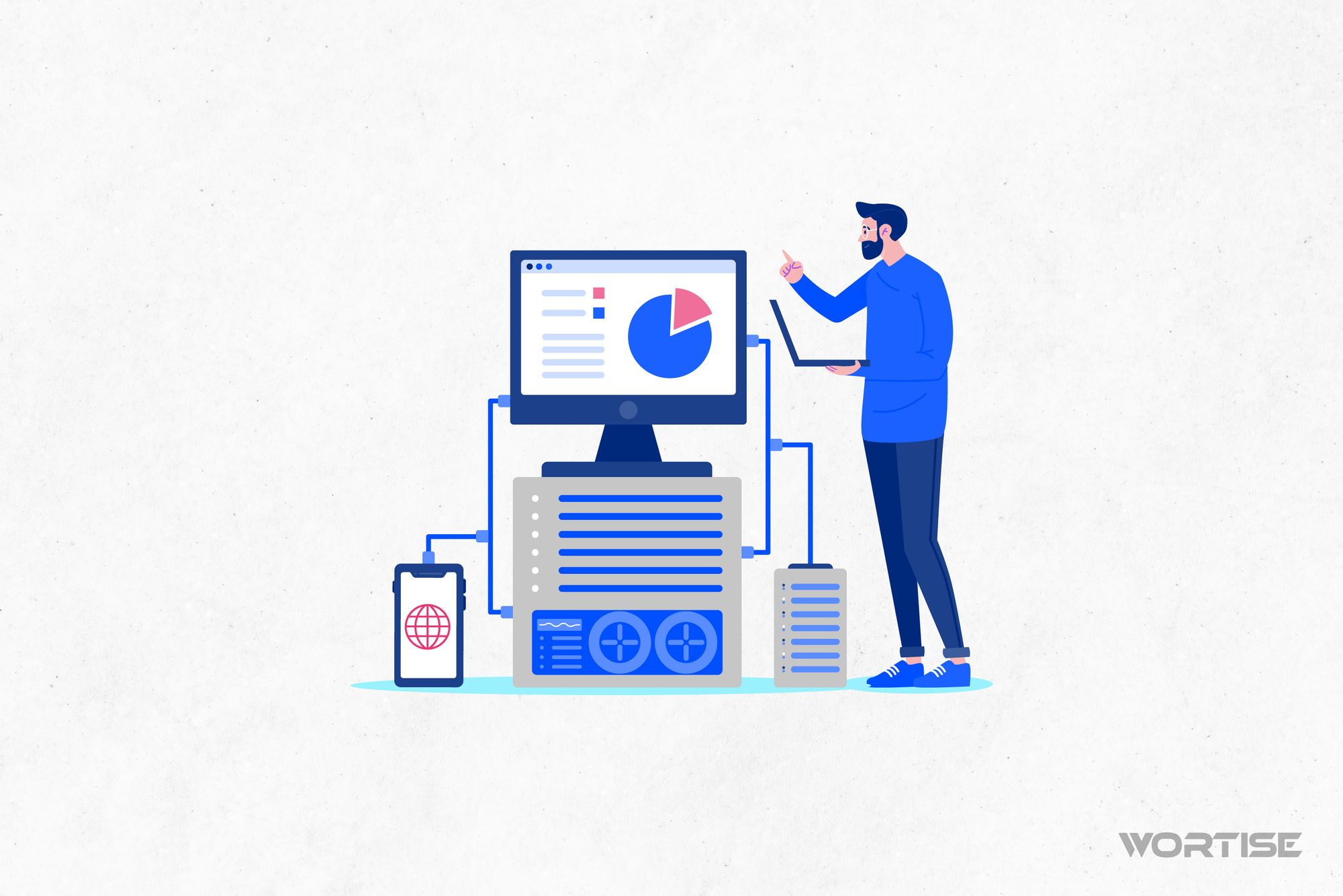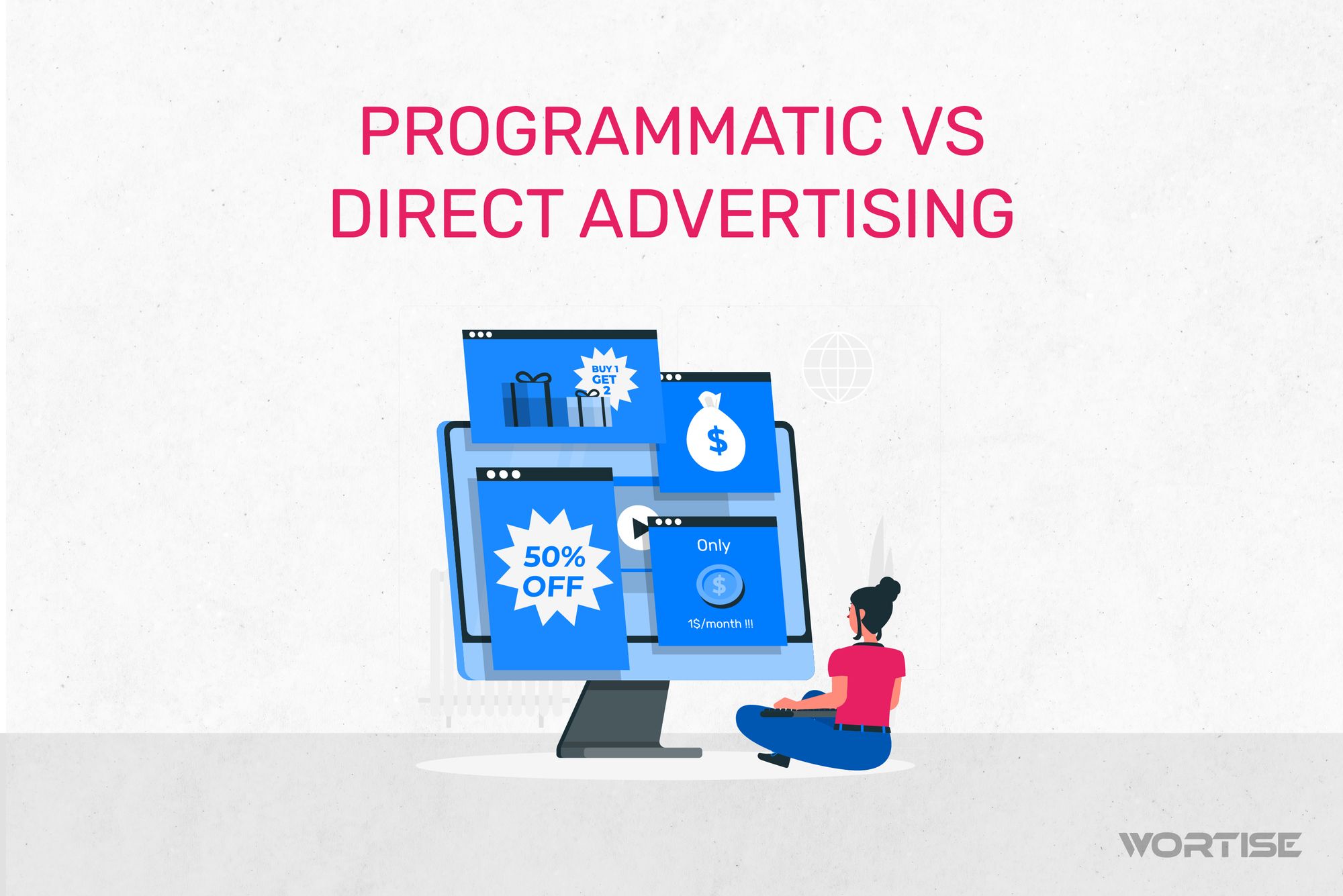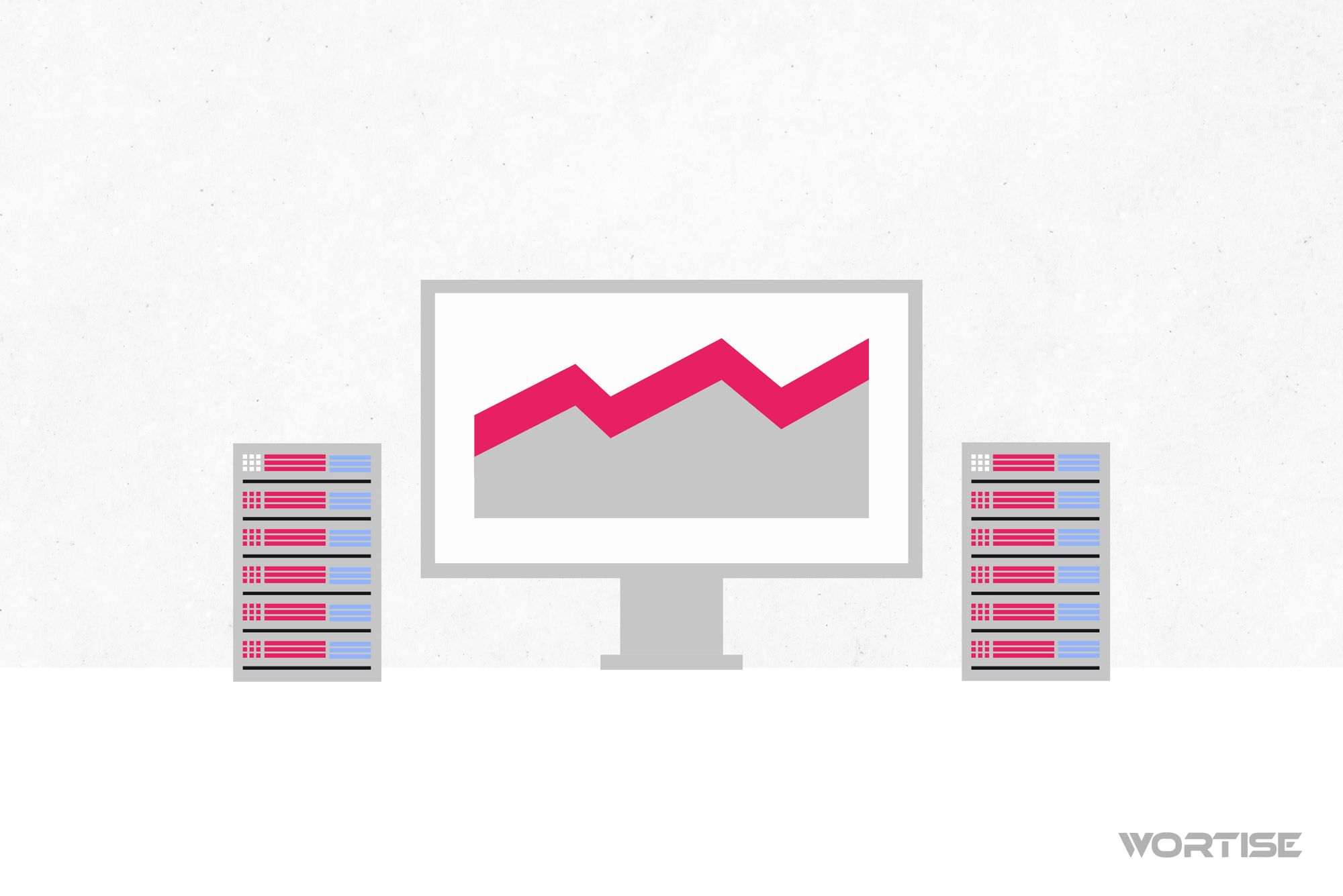Do you believe in process automation? Then clash those ideas with responsive display ads. Without them, it would be impossible for each ad to automatically adjust its size and format, saving you time and effort in monetization.
Understanding their functionality puts you one step ahead in your role as an editor, but if you’re unfamiliar with their execution, you’d be at a distinct disadvantage compared to your peers. In this post, we aim to show you some practices to increase your app revenue with the help of responsive display ads.
What are responsive display ads?
Science tells us that octopuses have the ability to adapt their color and body surface according to the characteristics of the environment they are in, something very similar to what responsive display ads do. They are the octopuses of the programmatic advertising world!
These ads automatically adjust their size, appearance, and format to fit various mobile devices or websites where they are displayed, following the guidelines set by the Google Display Network (GDN).
How and why do responsive display ads work?
Their main fuel is Artificial Intelligence. Thanks to AI, they can optimize their performance and dynamically combine elements—text, headlines, images, videos, etc.—to effectively display in each application.
As they operate within the Google Display Network, they have a vast reach of inventory partners and a rather appealing audience that, if properly utilized, can help maximize your app revenue.
How do responsive display ads work?
Here, everything works automatically and in real-time. Basically, the Machine Learning model determines the basic components of each ad based on the uploaded resources (videos, images, etc.), which are categorized as “assets.”
Once everything is in place, the machine learning model uses historical performance data to insert the ideal ad for the ideal user, or at least that’s what it attempts to do.
All of this happens because Google checks the space and selects the ads with the best integration of assets.
Advertisers have little influence over the design and placement of ads. The AI adjusts everything automatically and makes decisions based on previous performance analyses, which also turns out to be somewhat negative for advertisers, as they have less influence over ad placement and, consequently, all the performance they expect ends up in Google’s hands.
Less campaign performance information
Whether you’re a publisher or advertiser, you should know that Google only offers 4 criteria to measure ad performance: best, good, low, and learning.
This generic rating does not provide detailed data on what types of ads and assets were shown at a certain time.
Advertisers are left to rely on Google’s judgment and trust that their ads are indeed performing well.
Responsive display ads vs. traditional ads: main differences
It’s always good to make comparisons to weigh the pros and cons of each advertising proposal. In the case of this comparison, we can say that traditional graphic ads have images provided by advertisers, and their design and size remain unchanged, but this is not the case with responsive display ads.
Is this positive? Is it negative? It all depends on how you look at it. An original design provided by the advertiser ensures that the message they want to convey arrives pure, without additives or modifications. If their proposal is good and manages to capture users’ attention, publishers will benefit from an increase in views and interactions, resulting in a better eCPM.
However, if their advertising proposal is poor, this is where responsive display ads play a key role, as they can improve performance by adapting it to different formats and spaces to ensure greater visibility.
Some tips from Google to avoid failure with responsive display ads
You have enough information about responsive display ads, but what are their limits and what should you do to succeed? Google shares some tips that can guide you.
Firstly, although it’s possible to add up to 15 images, the tech giant recommends using only five of the most impactful.
Another fundamental aspect is the size of these images so they can adapt to all mobile environments without losing quality. In particular, these are the suggested dimensions:
• 300×250
• 970×250
• 300×500
• 300×600
There’s also the possibility for Google to generate a video with the resources you provide, hence the importance of taking care of all the details: image and video quality, text spelling, clarity in the logo, etc.
And since we mentioned the logo, you should know that you can add up to 5 logo shapes. If for some reason you lack a logo or can’t upload it for whatever reason, rest assured: Google provides a neutral one with the first letter of your brand.
Titles, descriptions, and more
In the case of headlines, it’s recommended to use up to five short ones with a maximum of 30 characters. If you want a long one, make sure it does not exceed 90 characters.
With descriptions, five brief ones are also recommended, and Google will determine which one to show at the right time. On the other hand, the call-to-action (CTA) should promote the brand’s value, and in the case of the business name, it’s recommended to capitalize it.
If advertisers add all possible resources, Google will be able to combine them in the best way and make each publisher’s advertising space more valuable.
Benefits of responsive display ads
Saving time and effort is an obvious benefit of responsive display ads, but there are clearly other points in their favor that we want to show you below:
Simplification: This form of advertising helps simplify the ad creation process. The benefit is immediate: publishers and advertisers significantly reduce the manual work time of ads to adapt them to different formats.
Adaptability to different devices: Imagine betting on vertical formats and losing the possibility of showing ads with quality in horizontal format. With these responsive ads, this doesn’t happen as they automatically and smoothly adjust to different screen sizes.
Optimal visibility: This ability to adapt to different formats allows responsive display ads to sneak into countless mobile apps and websites with the help of AI, reaching new audiences. That’s why we call them the octopuses of programmatic advertising.
Encourage interaction: Since they use all available resources to create attractive ads in different formats, their ability to generate pleasant creatives that encourage users to interact is also noteworthy, either to get more information or to download a certain app.
Automatic optimization: This is a relief for publishers, who will see a significant decrease in workload. Responsive display ads, thanks to AI, optimize ad performance and make real-time adjustments to maximize efficiency; all this without the need for the editor to be 24/7 monitoring manual adjustments.
Best practices to maximize the potential of responsive display ads
You can never rely solely on Google’s potential and the magic of Artificial Intelligence. There must be a noticeable effort from all actors involved in programmatic advertising to achieve maximum results. We help you with some tips:
Provide attractive visual content
The principle of all successful advertising is the quality of images and videos. Make sure they are disruptive, high-resolution, with attractive colors, capable of adapting to any format without losing their essence.
Use a compelling CTA
It’s not what you say, it’s how you say it. The moral is to provide different compelling and original calls to action to help enhance the message of the ads. Believe us, a good CTA leads users to download the app, interact with the ad, or make a purchase.
At this point, you need a lot of ingenuity and add marketing strategies.
Diversify your proposal
The flexibility offered by responsive display ads allows you to experiment with various formats. This is like cooking: the more ingredients you have on hand, the tastier and spicier the food. Trying out different headlines and visual combinations allows you to hit the mark and find the ideal proposal to captivate the audience.
Monitor and track conversions
It’s not just about putting ads to run and expecting everything to happen. Always monitor ads and make real-time adjustments for better results. Pay attention to click-through rates (CTR) and conversion rates and check which geographic area is most successful.
All these adjustments are necessary for segmentation to become more efficient over time.
Dynamic descriptions
Creating multiple attractive descriptions allows Google to determine the perfect combination for optimal performance. So, awaken the creativity and writer within you to highlight the most beneficial points of your ad.
In responsive display ads, every word counts. Avoid filler phrases, get straight to the point.
Personalize creatives
Although responsive display ads adapt content to users based on their browsing behavior, it wouldn’t hurt to customize all images, videos, text, and headlines to personalize each ad. By now, you should have a clear understanding of your ideal customer with the data you’ve gathered. If you work to meet their needs and rely on Google’s AI, logically, you’ll have more interactions.
Use optimized targeting
Optimized targeting is automatically enabled for all display campaigns. Its advantage? With Google’s technology, valuable data for remarketing is obtained, leading to new strategies to attract those customers who once had contact with your advertising but are no longer active.
Optimized targeting analyzes keywords in assets—videos, texts, etc.—and then compares or relates them to audiences attracted to these words.
Stick to the power of attribution reports
These reports show the path users follow to complete conversions. They are very useful for knowing which strategies work best together to produce maximum interactions.
With this resource, which allows the use of Google’s user interface, you can optimize campaigns to achieve greater engagement.
What should I do to ensure my responsive display ads don’t violate policies?
You have to be very careful with Google’s data consent policies and the mediation platform you use. Therefore, always ensure that the data security rules obtained firsthand from each user, with their consent, are met.
Also, always be transparent with privacy policies—no fine print—apply periodic audits, and respect user preferences.
On the other hand, choose an advertising network that aligns with responsive display ads and has powerful tools: wide audience reach, dynamic and interactive formats, online support, data dashboard and reports, optimal eCPM, and more.
Maximize your app revenue with Wortise: hyper-segmentation, innovative formats, and up to double the eCPM of AdMob
Dear publisher, you are not alone. We want to help you maximize your earnings to squeeze the most out of your app’s potential.
At Wortise, the largest ad mediation in LATAM, we offer the most innovative formats on the market and the possibility to connect with over 100 top-level ad networks.
We protect user security, provide personalized support in Spanish, and connect you with premium audiences.




